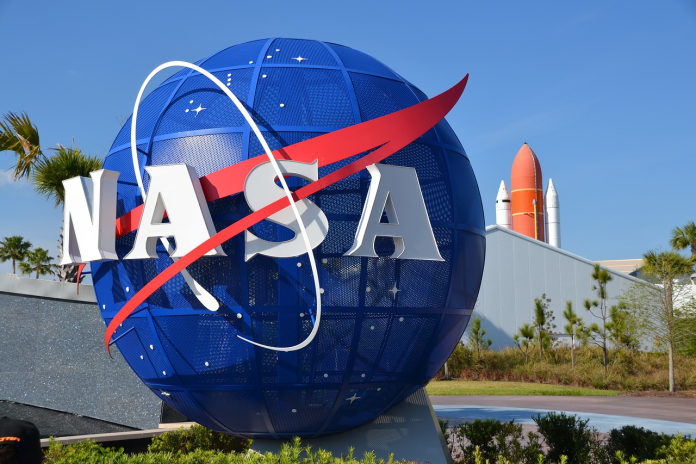
Is it possible to run a space agency on a shoestring and still keep astronauts safe? NASA’s latest internal revolt suggests the answer is far from simple. As the agency faces sweeping budget cuts, controversial leadership changes, and the dismantling of diversity initiatives, hundreds of scientists and engineers have sounded the alarm, warning of consequences that reach far beyond the balance sheet.
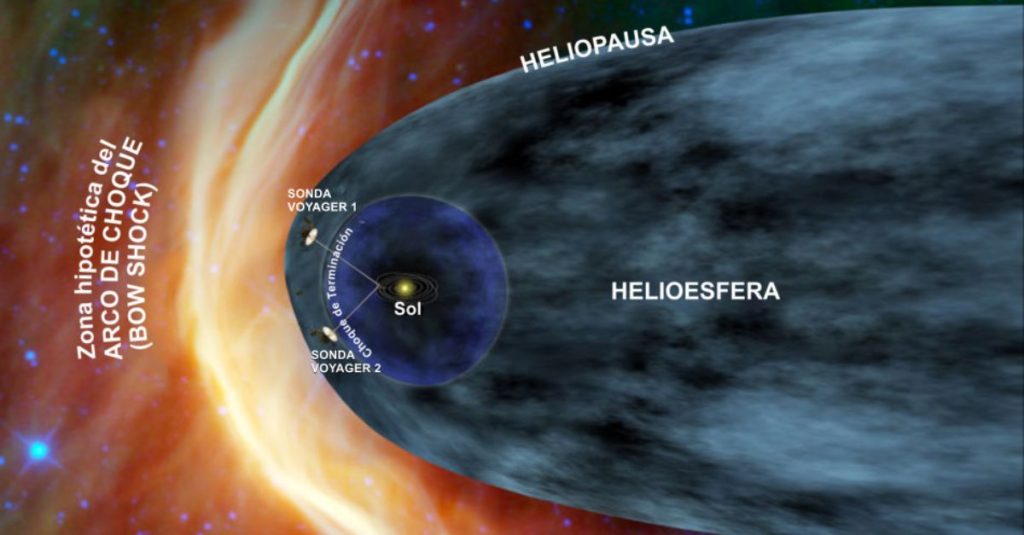
1. The Technical Authority Under Threat
The Voyager Declaration, which has been signed by 287 current and former NASA employees, addresses prospective alterations to the agency’s Technical Authority a safety structure developed in the wake of the 2003 Columbia shuttle tragedy. The Technical Authority was implemented to allow safety issues to be brought up outside of project management structures, providing all employees with an unrestricted channel to leadership beyond their immediate line of command. As one Goddard Space Flight Center source described, “If you disagree violently with a technical choice that’s being made, (the system) provides some other channel that isn’t their project manager or program manager” for them to voice that objection.
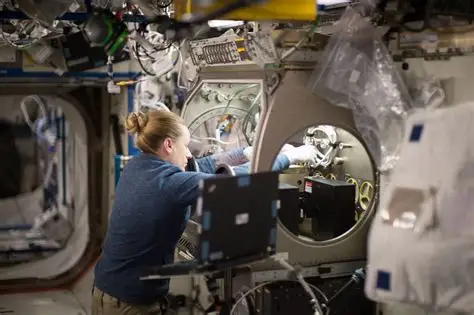
This framework is not just bureaucratic. It is based on hard-won lessons of tragedy, as the Columbia Accident Investigation Board clearly stated: “The establishment of NASA’s Technical Authorities, the creation of the Office of the Chief Engineer’s NASA Engineering and Safety Center as a source for independent assessment and expert knowledge, and the Office of Safety and Mission Assurance’s leadership to address organizational silence and reinforce safety culture are traceable to the CAIB report.” Any attempt to make this system more “efficient,” as has been implied by current leadership, is greeted skeptically by those who remember the risks of organizational silence and informal authority structures.
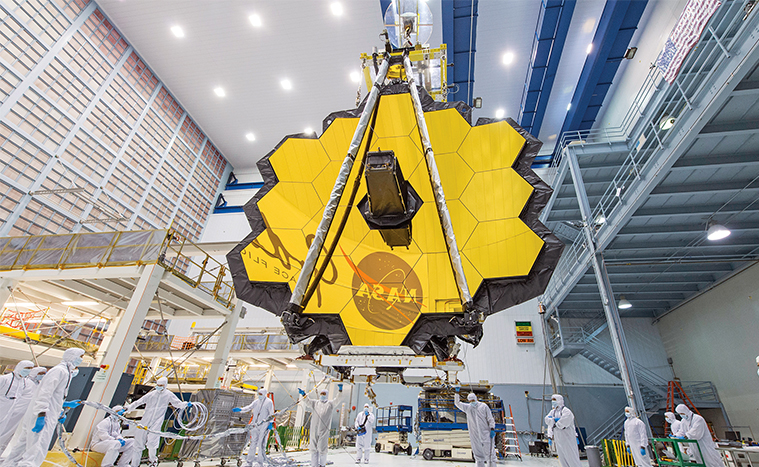
2. Risk Management: NASA’s Gold Standard
NASA’s risk management approach is best known in the world for its discipline and flexibility. The agency applies an ongoing, integrated process involving engineering, mission planning, and health standards. Risk, under NASA’s risk management scheme, means “the potential for shortfalls in meeting objectives,” described by particular scenarios, probability, and impact. This allows the agency to rank risks, assign resources, and guarantee that safety never takes a backseat to convenience.
At the center of this process are two columns: Risk-Informed Decision Making (RIDM) and Continuous Risk Management (CRM). RIDM is employed early in planning to balance alternatives, while CRM addresses new risks as projects progress. This system isn’t fixed; it’s revised constantly, leveraging experience from missions such as the Mars Curiosity rover’s “seven minutes of terror,” where risk management was the difference between success and failure. The strength of the system is that it can marry technical analysis, operating experience, and open decision-making characteristics that would be undermined by the planned changes.
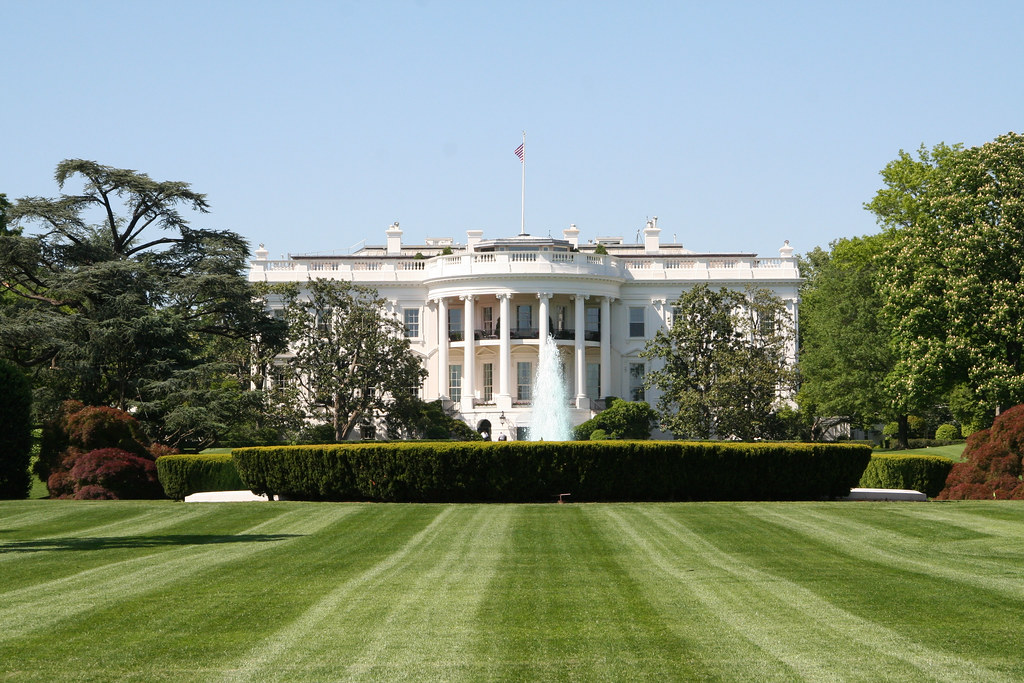
3. Budget Reductions and Eroding Capability
The White House’s fiscal year 2026 budget submission would reduce NASA’s budget by almost 25 percent, the biggest percentage reduction in the space agency’s history. This would reduce the workforce by nearly a third, to its lowest level since 1960, and compel the cancellation of 19 ongoing science missions, throwing billions in taxpayer investment into wastebasket. As outlined in recent briefing, “The budget recommends slashing NASA by almost 25% in a single year that’s a bigger percentage reduction than in any year following the end of Apollo, when the United States was ending its Moon program.”
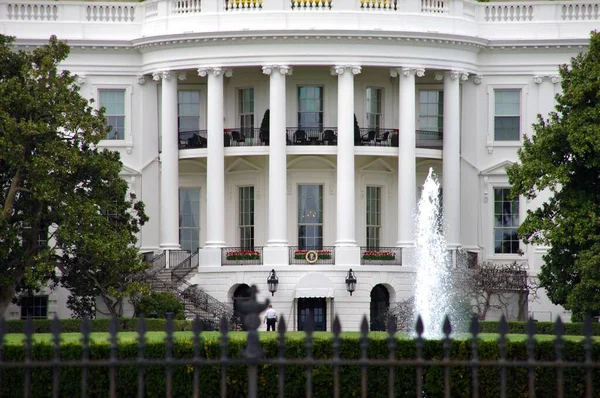
It’s not just a matter of figures. The Science Mission Directorate sees a 47 percent cutback, endangering the Lunar Gateway, Chandra X-Ray Observatory, and Mars Sample Return. These missions are not only being done on cost and schedule, and they underlie U.S. leadership in planetary science, astrophysics, and Earth observation as well. As one signer put it, “American taxpayers have spent a lot of money on my education and training directly. I’m in it for the public service and I want to pay back that investment to them.”

4. Workforce Morale and the Loss of Institutional Knowledge
The threat of mass layoffs and voluntary resignations has sent morale plummeting. Internal memos confirm that at least 3,000 staff are taking deferred resignation offers, with broader cuts looming. The agency’s ability to retain critical expertise especially in safety, engineering, and mission assurance is at risk. Employees describe a “culture of organizational silence” and fear of retaliation, with one analyst at Goddard Space Flight Center stating, “We’re scared of retaliation. We gather in the restroom. We use the restroom to chat to one another, and peer under the stalls to ensure that nobody else is present before we chat.
Loss of seasoned employees is not readily reversed. As noted in the NASA History Office’s Columbia lessons, “Much of what engineers and project teams must learn and apply on the job is impossible to capture in a database.” Decades’ worth of institutional knowledge, in short, can be lost in an instant budget cycle.
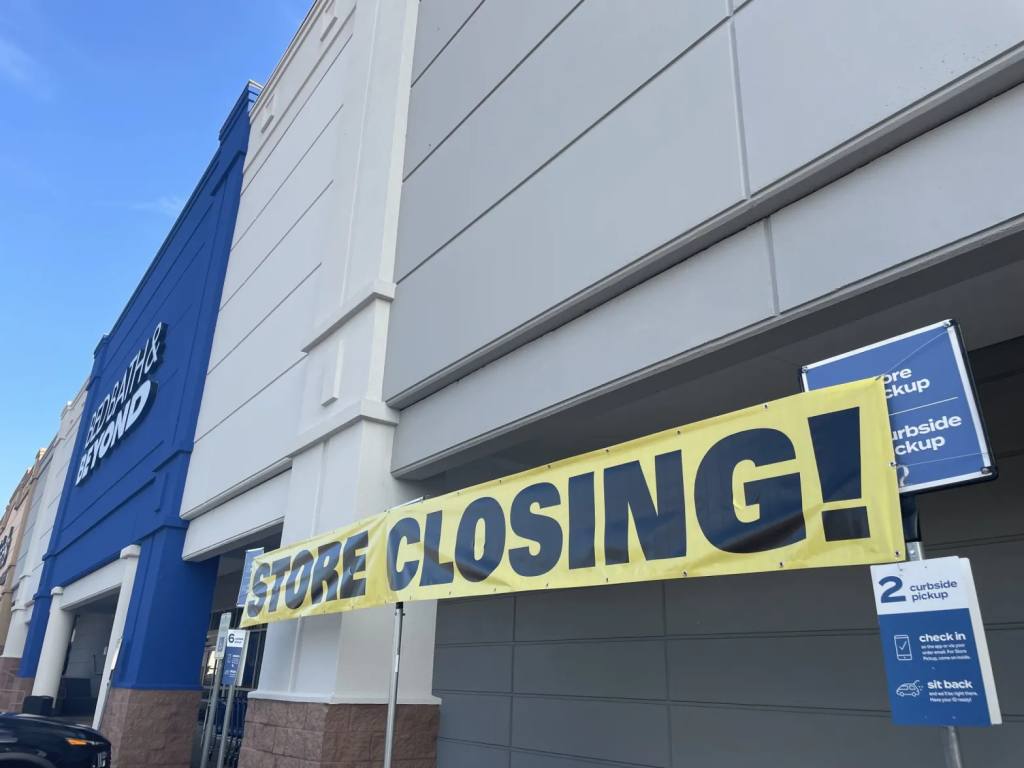
5. The Closure of DEIA Programs and Its Domino Effect
In accordance with a new executive order, NASA has started disassembling its Diversity, Equity, Inclusion, and Accessibility (DEIA) initiatives. The action is a drastic turnabout from recent efforts to diversify the astronaut ranks and create a welcoming workplace. According to reports, “Initiatives such as the Artemis program set out to inspire future generations by taking the first woman and the first person of color to the Moon.” Critics are now asking how these objectives can be affected by the agency’s choice to end DEIA initiatives.
Inclusivity is not only a social benefit, argue many at NASA, but scientific imperative. “The idea of inclusivity as a route to enhanced science is something that has gotten very embedded in the broader academic and scientific community over the past decade or so,” said one source. The shutdown of DEIA offices and elimination of minority employee support groups pose the risk of eroding recruitment, innovation, and the agency’s capacity to address challenging problems through diverse thought.
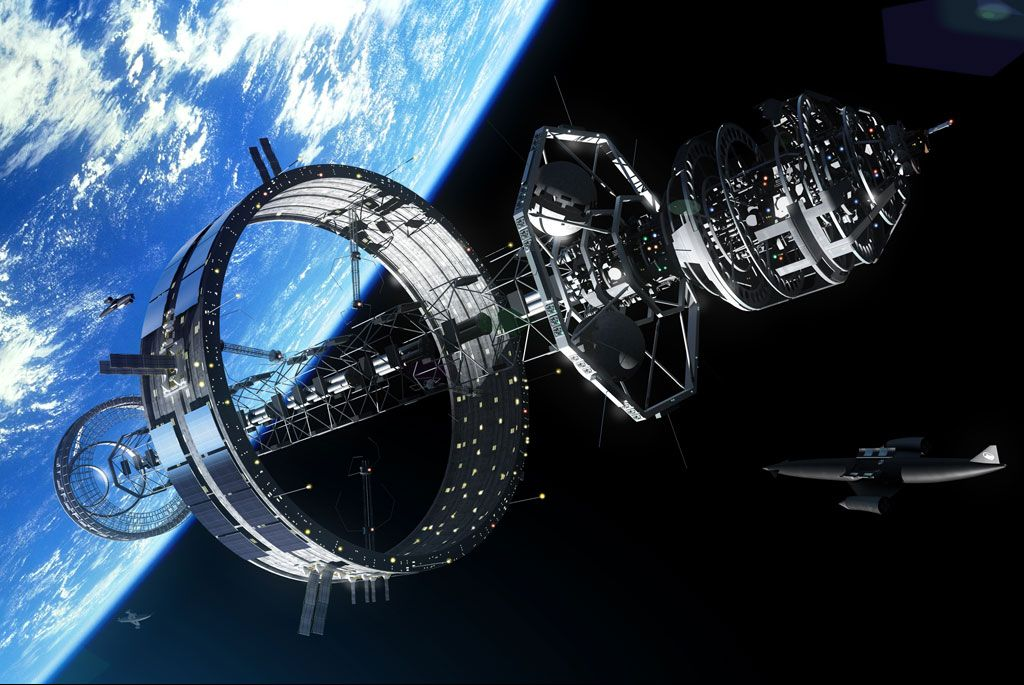
6. The Future of NASA’s Safety Culture
The suggested changes occur at a moment when NASA’s safety culture is already under question. The Columbia Accident Investigation Board cited “organizational issues that precluded candid communication” and “institutionally siloed management practices” as central factors leading to previous disasters. The Technical Authority and independent channels of safety reporting were created to tackle these very weaknesses. Any effort to dismantle these institutions, in the guise of efficiency or cost savings, is liable to repeat past errors.
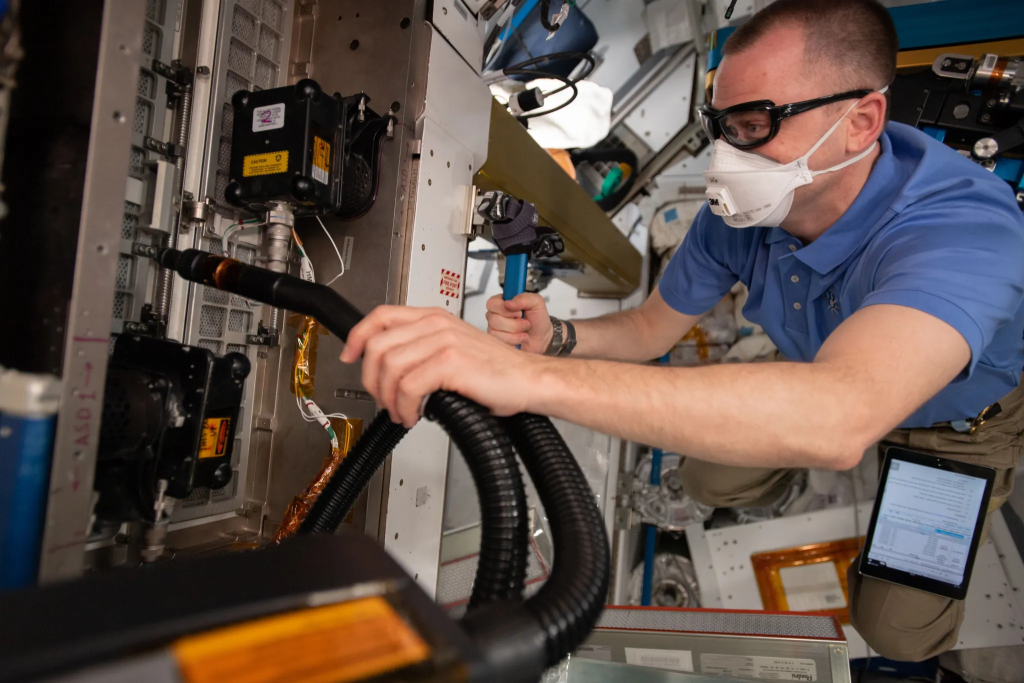
As Garrett Reisman, retired astronaut and engineer, cautioned, “I have very little confidence that it will be done the right way. So far, this administration has used a very heavy hand with their attempts to remove bureaucracy and what they’ve ended up doing is not making things more efficient, but just eliminating things.”
The discussion that is now occurring at NASA is not merely about budgets or red tape. It is about the underlying principles that protect human life in one of the most hazardous and ambitious undertakings ever pursued by human beings. The decisions made will decide not only the future of the agency but the safety and success of every mission that sends a nation’s hopes into space.
